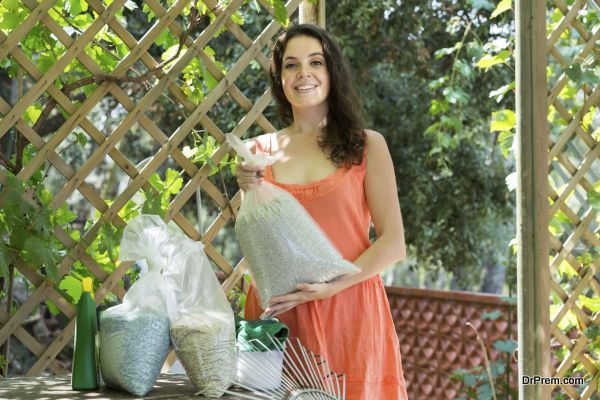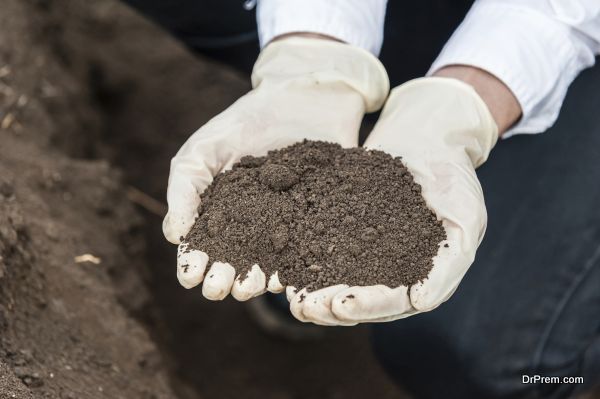Composting is an incredible way to recycle household waste to create a nutritious additive for your plants. Anyone can compost food waste like vegetable and fruit scraps, and even paper towels, inside their homes. You don’t require a large yard with a huge bin to compost. You can set up a compost bin in your apartment, too, in the balcony or below the kitchen sink or inside your garage.
Composting can help reduce the amount of waste you produce, and give you an organic, chemical free fertilizer to help your plants grow. Read on to find out how you can master the basics of indoor composting:
Indoor composting methods

Indoor composting can be done in three ways – vermicomposting, anaerobic and aerobic composting. For all these methods, you need almost the same things:
- What you need
Plastic tray, bricks, shredded paper or sawdust, drill, 10-20 gallon rubber or plastic tub, sterilized soil or sand, wiggler worms ( red – 1 lb), plastic garbage bag, aerator fork, food waste.
- Vermicomposting

This method is used in hot and cold climates. Vermicomposting uses red worms to decompose organic waste in your home. To set up a vermicompost bin, you have to first drill some holes in a 10-20 gallon tub and place the tub on a plastic tray, which would catch liquids that might leak out from the tub. For better air circulation between the tub and tray, prop the tub on some bricks.
Then add the sawdust and / or shredded paper to form the bedding for the worms. Make sure that the bedding is wet, and you would have to keep adding sawdust or shredded paper periodically, as the worms consume bedding with other waste. Now add the worms and drill some holes in the lid for better ventilation.
Add the food and other waste and bury them in the bedding. Do not add any oily, meat or dairy foods and citrus rich fruits, as worms cannot digest them. A tablespoon of soil or sterilized sand added to the mix will help the worms better digest their meal. After 6-8 weeks, you will see dark-brown layer of soil in the compost bin. This means your compost is ready to be added to your plants. You can start a new bin with the worms from the previous one.
Anaerobic composting

Anaerobic composting depends on microbes which do not require oxygen. This method of composting is very simple. You require one garbage bag which you must fill with soil up to one-third. The next one third of the bag must be filled up with food scraps and fill up the top layer with newspaper shreds.
Add water enough to moisten the contents. Then tie the bag tight and place it in a warm location, which will help the composting process. Remember that once you tie the bag, you cannot open it to add more waste. Be sure to roll the bag once a week at least, to step up the process. After 6 to 8 weeks, let the contents of the bag be cured for two weeks, before you use it as fertilizer.
Aerobic composting

Aerobic composting, in fact, all indoor composting methods help in eco-friendly gardening.
In this method, you need a compost bin, bedding material like dead leaves, straw, paper strips, coconut coir or sawdust, waste from your home, soil, or wood ash, coffee grounds.
First, fill up the compost bin made of plastic with several inches of bedding of your choice. Then fill up the next few inches with food scraps and fruit and vegetable waste. The bedding and food waste must be moist but not too wet.
Add more bedding material if you think the mixture is too wet. Keep adding layers of bedding and kitchen scraps from time to time. And mix up the contents of the bin every week or two with a compost aerator or poker. The aerator aerates the compost by plunging deep into the pile and churning it, allowing air to pass through the mixture. This reduces the smell as well as speeding up the compost process.
Indoor composting is an easy way to convert your leftovers or unused portions of fruits and vegetables into an organic fertilizer which can help you give your plants the nutrition they need to grow strong and healthy.



